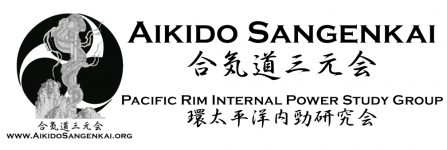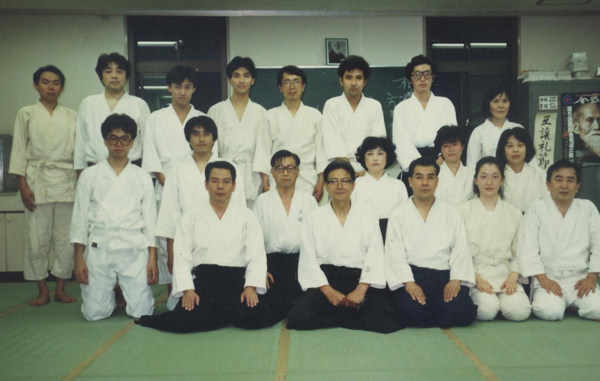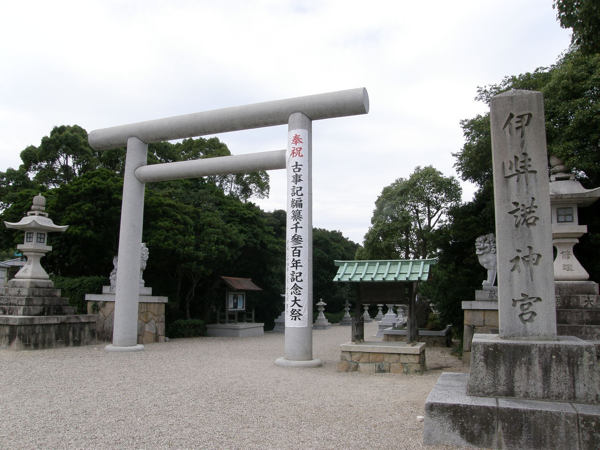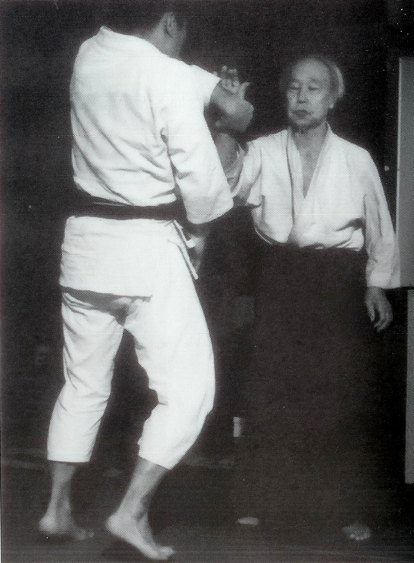Interview with Aikido Shihan Shigenobu Okumura, Part 2
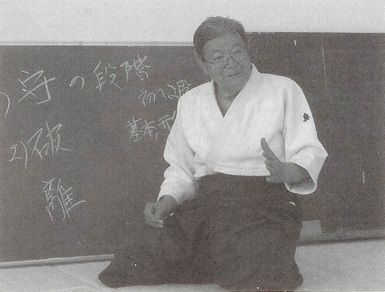
Shigenobu Okumura sensei in 1985 giving advice before promotion examinations
Shigenobu Okumura was one of the senior instructors at the post-war Aikikai Hombu dojo, and one of only a few Aikikai instructors to have started pre-war.
He was born in Otaru, Hokkaido in 1922, began Aikido in 1940 at Kenkoku Daigaku in Japanese occupied Manchuria with Kenji Tomiki, and passed away on August 12th 2008.
After the war he spent three years and eight months as a prisoner of war in Siberia before being repatriated to Japan.
Okumura sensei, perhaps partly because of his longstanding ties to Kenji Tomiki, acted as an intermediary between Tomiki sensei and the Ueshiba family during discussions concerning Tomiki sensei’s introduction of competition to Aikido, and often advised him to change the name of his art.
This is the second part of a two part English translation of an interview with Shigenobu Okumura sensei. You may wish to read part one of the interview before moving on to this section.
This interview was published in a collection of interviews with students of the Founder published in Japanese as 開祖の横顔 ("Profiles of the Founder") in 2009. It originally appeared in the January 2008 issue of Gekkan Hiden (月刊秘伝 / "Secret Teachings Monthly"), a well known martial arts magazine in Japan.
There was a short introduction to this work in the article "Morihei Ueshiba – Profiles of the Founder". I previously posted an English translation of interviews from that collection with Nobuyoshi Tamura sensei (Part 1 | Part 2), and Hiroshi Isoyama sensei (Part 1 | Part 2).
